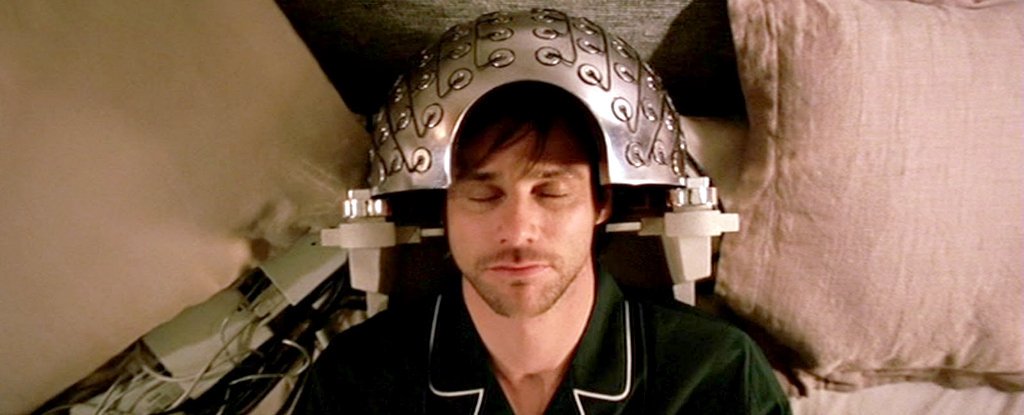Scientists at Riverside in the University of California have designed a method to selectively wipe away fear memories. This can be done by weakening links among the nerve cells comprised in making such memories.
Memories can be activated by spurs such as sounds, sights, and smells. Some memories are made at the time of traumatic events, and in this condition stimuli related with the shock can activate a response of fear if a person faces them later. For instance, an army experienced person may feel unmanageable fear if they observe a helicopter. These memories of fear can cause complexity for persons with PTSD (Post-Traumatic Stress Disorder).
The team of research set out to observe if they can selectively deteriorate similar memories in mice. The investigators initially made a memory of fear in the mice by offering them a miniature electric shock while playing a high-frequency music. After a certain period, the mice related the music with the trauma, and displayed signs of fear when the music played, even if they did not get electric shocks.
The group then utilized a method called as optogenetics. Using this method nerve cells that are genetically modifies can be toggled on or off utilized pulses of light. The team used this method to particularly switch off the nerve cells comprised in the memory of fear, resulting in a decrease in the response of fear. “We were allowed to fuel just those neurons that reacted to the high-frequency music. Using stimulations of low frequency with light, we could wipe away the memory of fear by artificially deteriorating the links giving the signals of the sensory signal (the high-frequency music),” claimed a researcher comprised in the study, Jun-Hyeong Cho, to the media in an interview at a conference.
“This survey extends our thought of how adaptive memory of fear for an applicable stimulus is programmed in the brain,” claimed Cho further in his statement. “It is also relevant to designing a novel interference to selectively hold back pathological fear in PTSD,” claimed one of the scientists involved in the research to the media in an interview.
###











